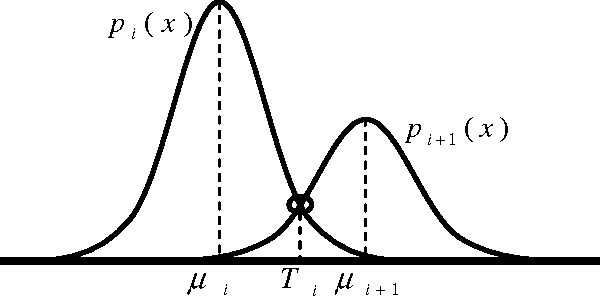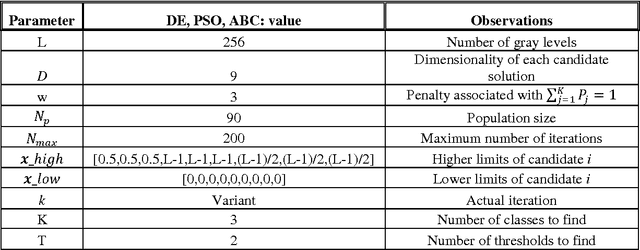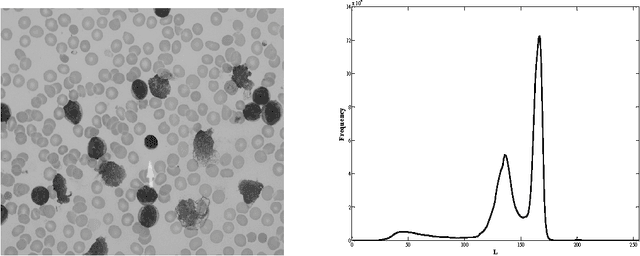A Comparison of Nature Inspired Algorithms for Multi-threshold Image Segmentation
Paper and Code
May 28, 2014



In the field of image analysis, segmentation is one of the most important preprocessing steps. One way to achieve segmentation is by mean of threshold selection, where each pixel that belongs to a determined class islabeled according to the selected threshold, giving as a result pixel groups that share visual characteristics in the image. Several methods have been proposed in order to solve threshold selectionproblems; in this work, it is used the method based on the mixture of Gaussian functions to approximate the 1D histogram of a gray level image and whose parameters are calculated using three nature inspired algorithms (Particle Swarm Optimization, Artificial Bee Colony Optimization and Differential Evolution). Each Gaussian function approximates thehistogram, representing a pixel class and therefore a threshold point. Experimental results are shown, comparing in quantitative and qualitative fashion as well as the main advantages and drawbacks of each algorithm, applied to multi-threshold problem.
 Add to Chrome
Add to Chrome Add to Firefox
Add to Firefox Add to Edge
Add to Edge